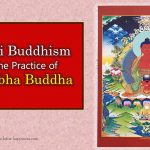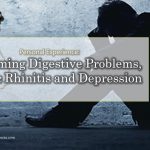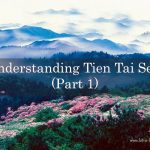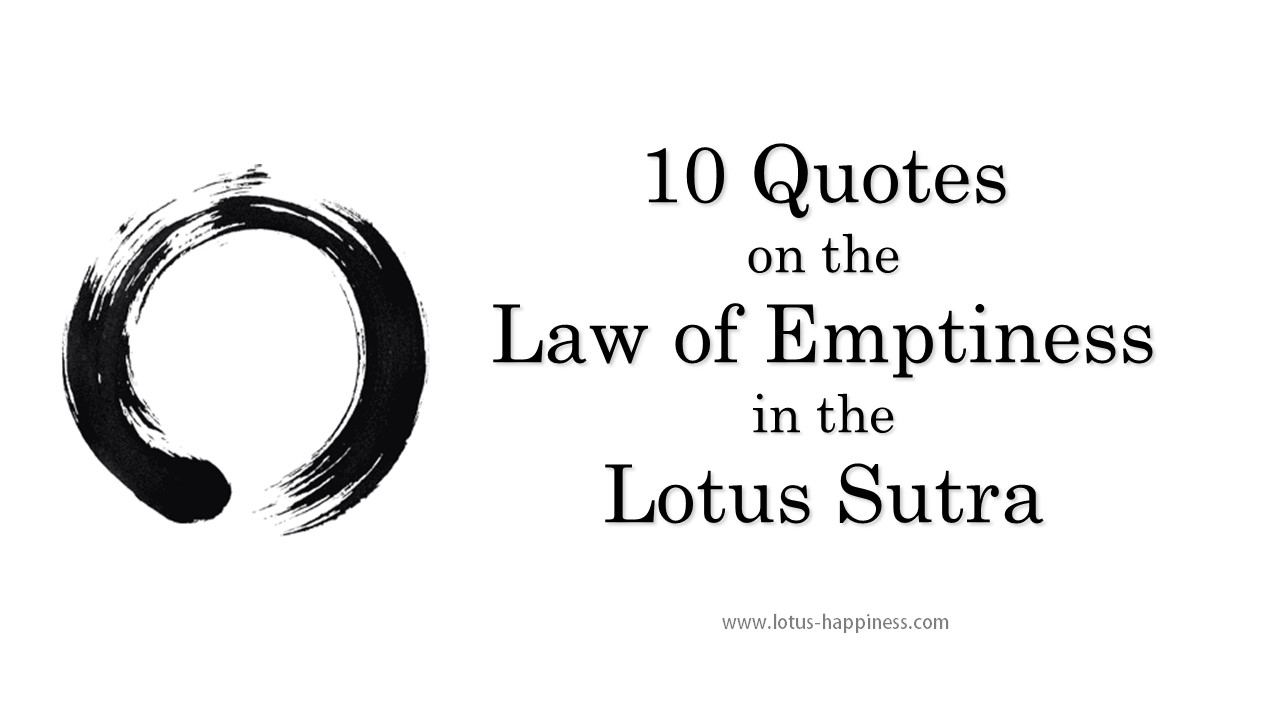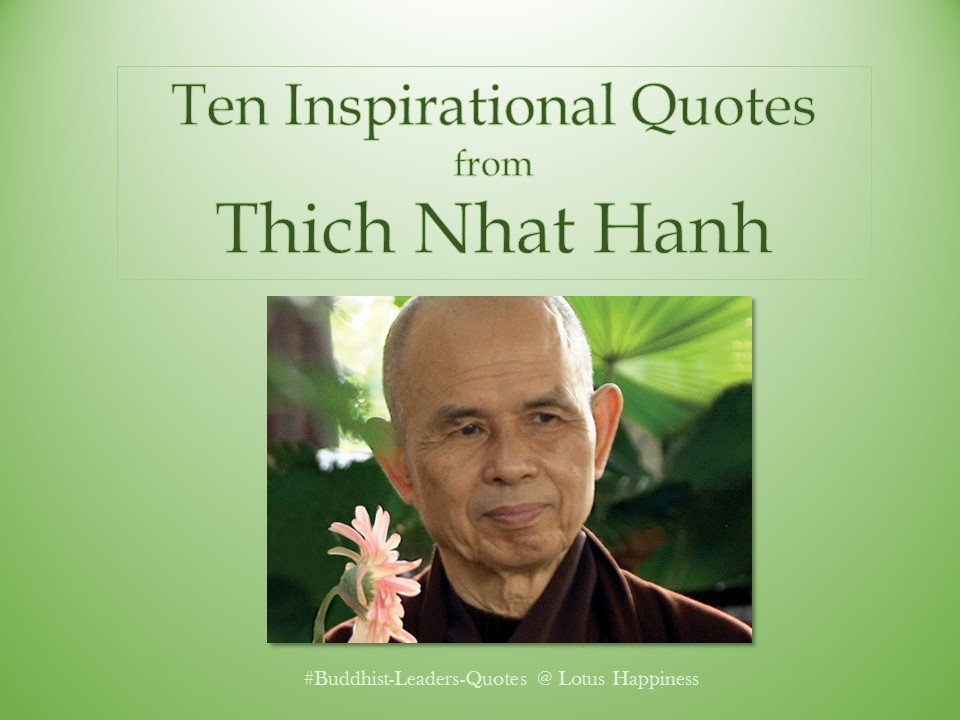Hongaku – Original Enlightenment
Original Enlightenment, although related to Buddhanature (Tathagata-garbha) is a different teaching. Original Enlightenment (also innate enlightenment) is the view that Enlightenment is not something to be gained, but rather we are already enlightened, we just need to realise it. The reason we can’t see this is because there is a veil that blinds us. Therefore the practices are not for us to gain enlightenment but for us to realise our true nature. This stands in opposition to the widely accepted view that enlightenment is something we gain gradually, over many lifetimes (acquired enlightenment – shigaku 始覚) .
Hongaku teaching can be found in Chih-i’s teaching of ichinen sanzen (three thousand realms in a single thought). In this concept Chih-i taught that all the 3000 realms, including the Buddha realm and the human realm are all present in one single though – meaning you, right now, are a Buddha, a fly, a human, a man, a woman, and so on.
The teaching of emptiness is also used to illustrate hongaku. Because all phenomena, dharmas, people, Buddhas and Bodhisattvas etc are equally empty, there is no difference between them. This emphasises the essential world (真如門 shinnyomon). However, this does not negate the relative world as all things are seen as expression of the Buddha. Tendai Hongaku goes further to say even insentient beings are already enlightened in their current form, that everything is equally an expression of the Buddha, in fact the whole world is the primordial Tathagata, thus emphasising the phenomenal world (生滅門 shometsumon) This dual aspect of the essential world (shinnyomon) and the phenomenal world (shometsumon) is what differs hongaku to tathagata-garbha, which is only concerned with essential world.
The meaning and significance of this teaching was not widely accepted, even within the Tendai Shu. The Eshin branch emphasised hongaku, but the Danna branch emphasized shigaku. Over time, the Eshin branch became the dominant school and hongaku flourished throughout the Medieval Tendai period. However there were still critics of the teaching, most notably by Hochibo Shoshin (late 12th, early 13th cent.) The criticisms include the idea that Hongaku ignores cause and effect and is an excuse for inactivity – “if we are already enlightened, then why practice”, however I believe this is a misunderstanding. Hongaku teaches us that enlightenment is not something outside us to be gained, but something already in us that has been covered with our delusions, our ego and our kleshas. Sadly, however, there seems to be a number of monks in the medieval period who used hongaku as an excuse for their lack of practice.
It is believed that the first mentioning of this teaching is found in “Awakening of Faith in the Mahayana” where it speaks of the true suchness innate in all beings;
“The essence of Mind is free from thoughts. The characteristic of that which is free from thoughts is analogous to that of the sphere of empty space that pervades everywhere. The one [without any second, i.e., the absolute] aspect of the world of reality (dharmadhatu) is none other than the undifferentiated dharmakaya, the “essence body” of the Tathataga. [Since the essence of Mind is] grounded on the dharmakaya, it is to be called the original enlightenment. Why? Because “original enlightenment” indicates [the essence of Mind (a priori)] in contradistinction to [the essence of Mind in) the process of actualization of enlightenment; the process of actualization of enlightenment is none other than [the process of integrating] the identity with the original enlightenment.” (The Awakening of Faith, BDK English Tripitaka Series 63-IV)
It can also be found, or implied, in a number of other Mahayana Sutras such as the Lotus Sutra, the Mahaparinirvana Sutra, the Tathagata-garbha Sutra, and the Ratnagotravibhaga. The Lotus Sutra tells the story of the beggar with a jewel sown in his clothes. Although in the story the jewel was put there by a friend, the teaching is that we also carry that same jewel, but like the beggar, we are unaware of its existence. I also find this passage from the Pali Canon also hints at hongaku; “Luminous, monks, is the mind. And it is defiled by incoming defilements” (Pabhassara Sutta as translated by Thanissaro Bhikkhu) although there seems to be some disagreement on what the Buddha meant by “Luminous mind”.
Personally I see this, as well as the Mahayana texts, pointing to something innate in all beings that has become clouded with delusions. In order to see it, we have to remove these defilements with arduous practice and commitment, which can take many lifetimes. “The Buddha-nature is apprehended [by sentient beings] at the fulfillment of various conditions….Since [sentient beings] attain the Buddha-nature dependent on various conditions, they do not have any [definite] nature; and since [sentient beings] do not have any [definite] nature, they can attain the most perfect enlightenment” (Mahaparinirvana Sutra translated by Ming-Wood Liu) The Mahaparinirvana Sutra tells the story of an old woman unaware that she has been carrying around gold. I find it interesting that both gold and diamonds take a lot of hard work to find, and even after they are found, they need refining. I feel this is what hongaku and tathagata-garbha teaches – that even after we have found our true nature, we still need to put in the work to refine it, to become Buddhas ourselves.
For more information on Sunyata (Emptiness) please read this article http://www.buddhanet.net/cbp2_f6.htm
Source: Tendai UK


